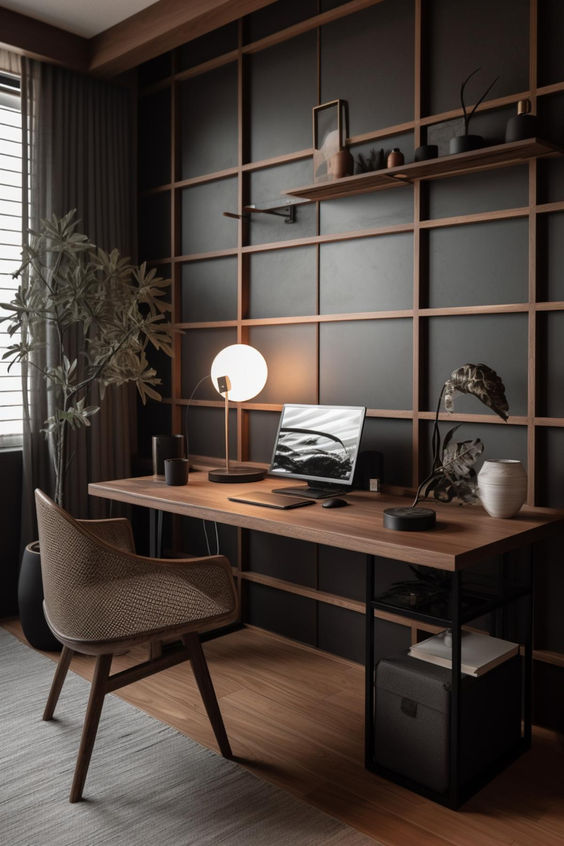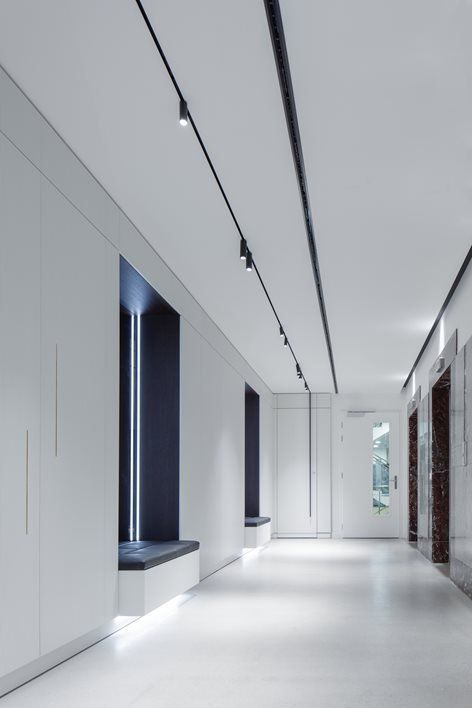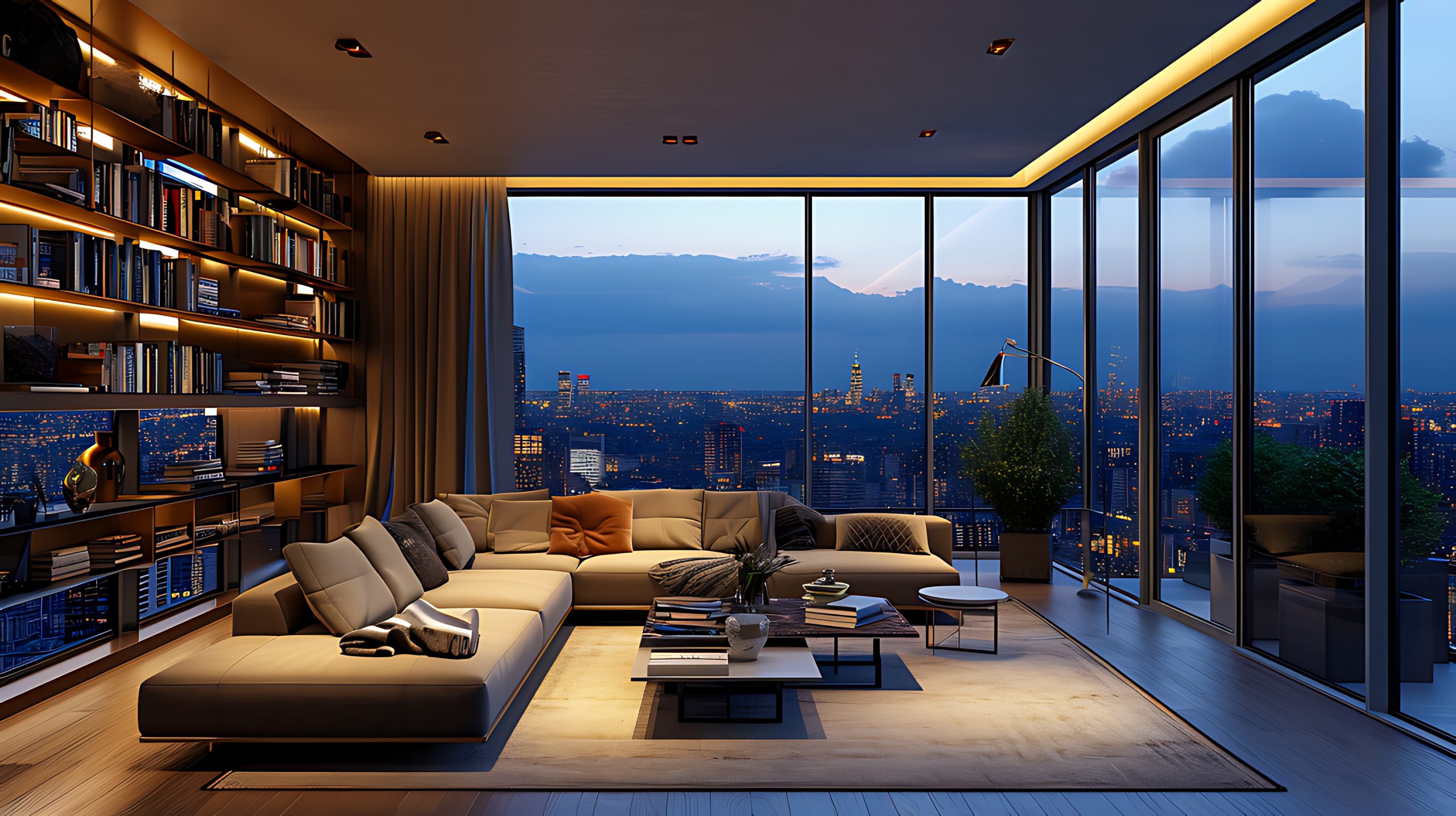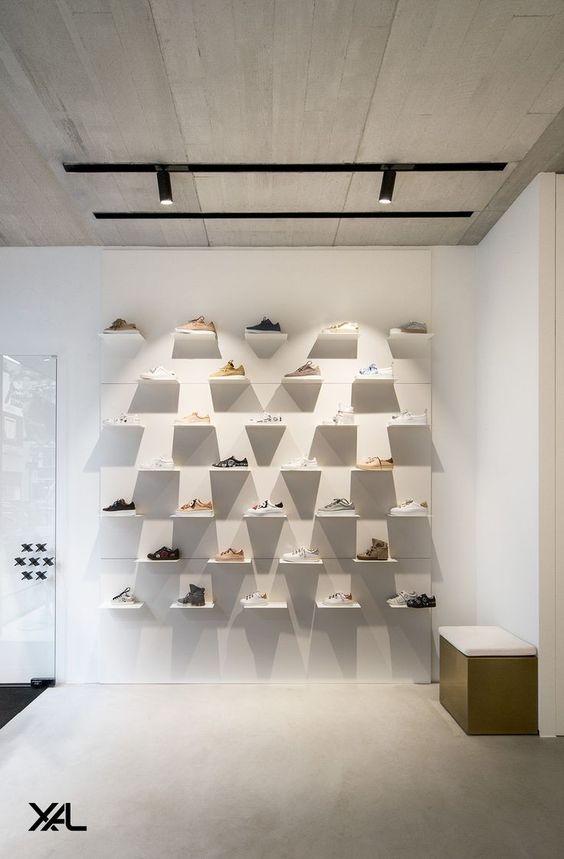
Improving Productivity by Improving Lighting
We all know that our surroundings affect our ability to get work done, from that irritating buzzing from the next cubicle over to the uncomfortable chair causing our back pain. But what about lighting? Has the flicker of fluorescent lighting finally gotten to you? There are plenty of problems attributed to lighting, from migraines to eye strain. On top of the physical issues, though, depending on the type of lighting in your work area, you may be running into some mental issues as well.
Choosing the right lighting
Picking out light bulbs can be just as important as picking out a comfortable chair. You have to take into account glare from your computer screen, environmental impact and cost, as well as what level of lighting you work best in. And lighting doesn’t just affect your mood at work. Many people subconsciously choose home lighting that doesn’t remind them of their work environment. Most office buildings rely on light bulbs in the 6500K range, or about the same lighting level as daylight. Many prefers to have 6500K light source for their working area — they’re available just about everywhere, although brands seem to pick and choose whether to label their bulbs as ‘daylight’ or ‘6500K.’
Lighting designers routinely recommend that desk workers rely on two light sources for their offices:
general indirect lighting source to generally brighten up a room and “task lighting,” a small direct light source that can be focused on the paper you’re reading or another task at hand. While fluorescents and other options are fine for general illumination, but halogen bulbs (or now high-Colour-Rendering Index LED lights) are better for detail work, because halogen renders colours with a clarity that other types of lighting often lack. Beyond examples Improvements don’t need to be limited to work areas, either. Consider improving the mood in the relaxing areas of your home, such as your bedroom, just by changing out that daylight light bulb for something more soothing. There are thousands of lighting combinations available, even for the amateur lighting designer. You may have to try out a couple to find that particular combination that improves your personal productivity. Know from experience, however, that even a little change can be well worth the effort. Even changing a single light bulb can relieve eye strain, save money and generally make it easier to work.

Lighting is very important in enhancing space and shaping it according to the function of the space. Essentially, lighting is the 'soul' of the space.

"Owning less, living more" has become the guiding mantra of a new generation, where renting offers a sense of freedom and possibility. It liberates us from the responsibilities of homeownership—no repairs to worry about, no property upkeep to stress over. Instead, renting empowers us with flexibility, allowing us to prioritize experiences, personal growth, and self-expression over long-term commitments. While personalizing a rented space may seem challenging, it’s an invitation to unleash creativity, transforming a temporary residence into a reflection of your unique style and a home that truly feels like yours.

Designing a retail space involves a lot more than choosing product placement, but not everybody realizes all the components that go into a well-designed space.
